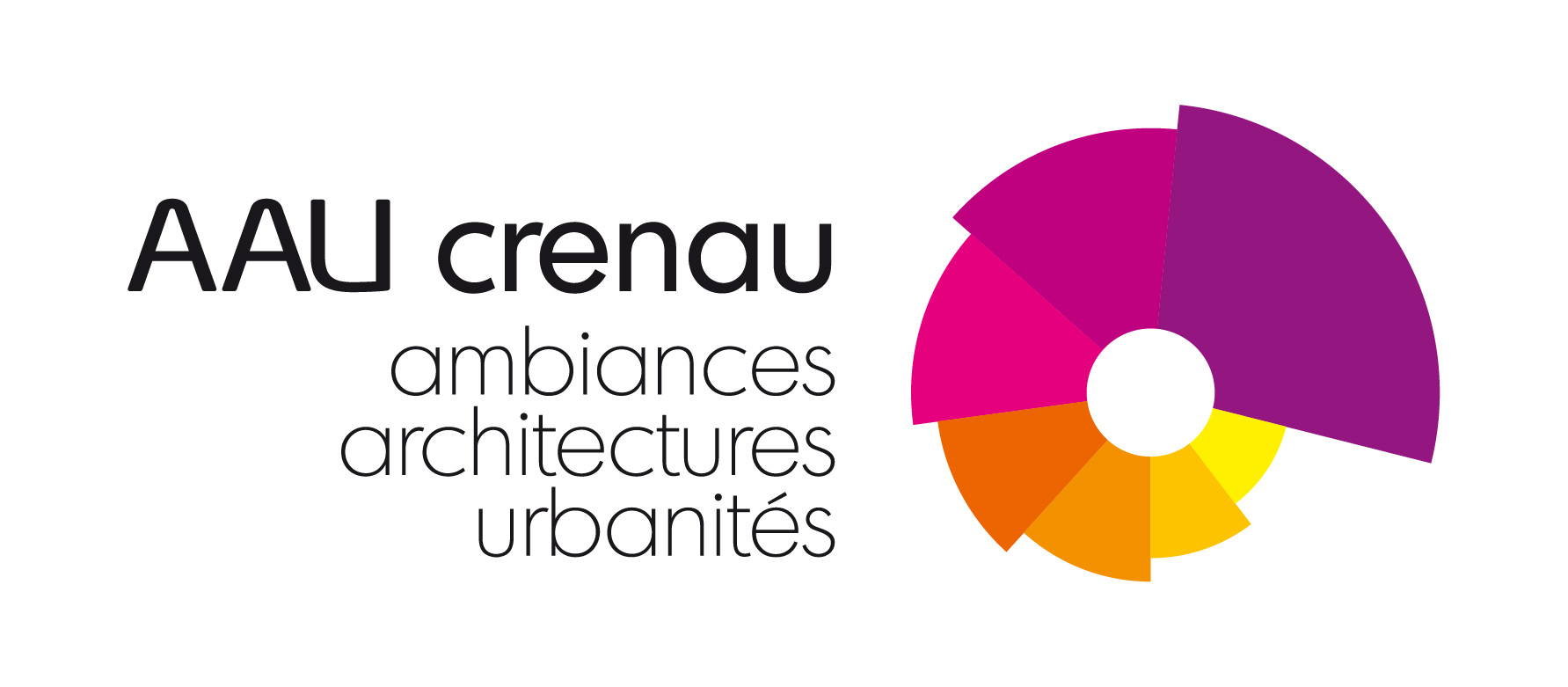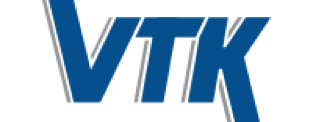Schedule

Tutorials
T1 - Future-tv content and aesthetics
Organizers:
- Rémi Cozot (IRISA, France)
- Alan Chalmer (University of Warwick, UK)
- Céline Loscos (University of Reims, France)
Date: October 9th morning
Description:
The first part of this tutorial gives a picture of the broadcast market and summarizes the key features of the new current standard UHDTV: 4K spatial resolution, High Dynamic Range, High Frame Rate and Wide Color Gamut. According to the current trend, the next step in the broadcast market should be to address more immersive and interactive contents such as 360 videos or even more free view-point contents. Next, the second part of the tutorial presents recent advances in the capture of animated 3D point clouds. 3D points clouds seem to be the most promising format that can propose many new user experiences. This tutorial part explains how to combine in a single acquisition system: 3d reconstruction, high resolution and high dynamic range. The last part of the tutorial takes a step back and open the scope to aesthetic intents, more precisely what are the challenges related to aesthetics intent when considering these new kinds of content. Using previous works on video tone mapping and video tone expansion, we focus on how to ensure aesthetic fidelity to an original content when retargeting this original content to a specific display.
T2 - Developing Virtual Reality applications with the Visualization Toolkit (VTK)
Organizers:
- Lucas Gandel (Kitware SAS)
- Julien Jomier (Kitware SAS)
Date: October 9th afternoon
Description:
The aim of this tutorial is to provide an introduction to the recent features added to the Visualization Toolkit (VTK) that now allows for rendering in external immersive environment.
An introduction to VTK will be given in order to explain the basics and how to create visualization applications, followed by a description of modules allowing you to take your application into virtual reality (VR). The last part of the tutorial will focus on interactions by presenting different ways to interact in a VR environment using the VTK pipeline.
The aim is for attendees to be able to build their first application in VR using VTK. They will get strong knowledge on a cross-platform, open-source and freely available system software.
By taking more people into the VTK-VR loop, we hope to make mixed and augmented reality benefit more from VTK’s advanced visualization, processing and modeling techniques, such as volume rendering or point cloud visualization.
URL: http://www.vtk.org/
T3 - SOFA, an open-source framework for physics simulation in augmented reality
Organizers:
Date : October 9th
Description:
This tutorial will shortly review the background in physics simulation and introduce the main principles of the SOFA framework. Examples of SOFA simulations will be presented. The afternoon will be more "hands-on" oriented starting with an interactive user tutorial, followed by a developer tutorial. Further to this tutorial, you should have all the basis to build your own physics simulation.
The SOFA tutorial at ISMAR is the opportunity to discover an open-source physics engine and include physics in your AR applications. From a starting up to a developer level, this tutorial focus on the wide topic of physics simulation.
Not only will the physics of SOFA add realism into your AR application, but it might allow you to address new research and industrial challenges. Moreover, the flexible architecture of the software and the large international open-source community will make your start with SOFA easier. Attend the tutorial and join the community!
This tutorial is done once a year. A global publication about SOFA has been published in 2012: Multi-Model Framework for Interactive Physical Simulation.
All publications based on SOFA can be found here : https://www.sofa-framework.org/applications/publications/
Workshops
W1 - Mixed and Augmented Reality Experience Capture
Organizer:
- Christine Perey (PEREY Research & Consulting)
Date: October 9th afternoon
URL: https://www.perey.com/ISMAR2017-Workshop-on-MAR-Experience-Capture
Contact : ismar2017workshop-on-exp-capture@perey.com
Description:
This workshop focuses on approaches and system architectures for content creation and management. The content of concern to the participants of this workshop is linear, time-stamped content captured and then played/reviewed and otherwise treated as "normal" digital video content, at any time in the future. It encompasses the media files in any/all formats and associated metadata. The topics and questions on which this workshop will focus include:
- Components and/or systems, and architectures for MAR Experience streaming and capture
- Design, selection and integration of sensors for MAR experience capture
- Local power and processor management during MAR experience capture
- Compression during or following MAR experience capture
- MAR experience capture metadata
- Novel visual interactions with archives of captured MAR experiences
- Network architectures for MAR experience capture and transport
- Components and/or systems for MAR Experience archive storage, replication, management and access
- Benefits and drawbacks of distributed architectures for MAR experience capture and management
- Policies and guidelines for MAR experience capture and management
W2 - Enterprise AR Adoption Obstacles
Organizer:
- Christine Perey (PEREY Research & Consulting)
Date: October 13th morning
URL: http://www.perey.com/ISMAR2017-Workshop-on-Enterprise-AR-Obstacles/
Contact : ISMAR2017-workshop-on-ent-AR-obstacles@perey.com
Description:<br\> This workshop focuses on the adoption of AR for improving the operational performance of enterprise and industrial workplaces. Enterprise AR has been in pilot and prototype phase, largely led by research teams in large organizations, for over a decade. Nevertheless, wide scale deploy continues to face many obstacles. The workshop will seek to identify obstacles and to provide practical, data-driven measures and solutions to addressing obstacles identified by participants and members of the AR for Enterprise Alliance (AREA), the world’s only membership-driven organization focusing on enterprise AR adoption.
The topics and questions on which this workshop will focus include:
- Identification and classification of current and future enterprise AR adoption barriers
- Appropriate measurement of enterprise AR adoption (penetration levels)
- How to balance research and production-grade systems in enterprise environments
- Design for success in enterprise AR introduction projects
- Organizational measures to reduce enterprise AR adoption obstacles
- Technology-supported measures to reduce enterprise AR adoption obstacles
W3 - Standards for Mixed and Augmented Reality
Organizers:
- Gerard J. Kim (Korea University, South Korea)
- Jérôme Royan (Technological Research Institute b<>com, France)
- Marius Preda (Institut MINES-Telecom, France)
Date: October 13th morning
URL: https://arstandardsworkshop17.wordpress.com/
Description:
Mixed and augmented reality (MAR) is on the brink of large-scale consumer level commercialization. Standards will be required for MAR to succeed and proliferate as an information media and new contents platform. Standards will enable the development of MAR system components able to interoperate through defined interfaces and hence will enable the development of end-to-end solutions built on system components easily plugged in together to achieve contents sharing and interoperability. The workshop will be a place to present existing standards and demonstrate how they could ease the adoption of MAR in many domains, a place to present recent initiatives in order to coordinate efforts and share requirements coming from the industry. The discussion will lay a foundation to many issues of standardization for MAR: proper subareas for standards and abstract levels, physical and environment object representation, content file format, calibration process, tracking and recognition, augmentation and display style standards, sensors and processing units dedicated to MAR, standards for non-visual and multimodal augmentation, object feature presentation, benchmarking, Industry requirements, etc.
W4 - VR and AR meet Creative Industries
Organizers:
- Toinon Vigier (Université de Nantes, France)
- Carola Moujan (Ecole Supérieure des Beaux-Arts Tours Angers Le Mans, France)
- Jacques Gilbert (Université de Nantes, France)

Date: October 13th
URL: http://ismar-creativeindustries.polytech.univ-nantes.fr
Description:
The production of new virtual reality (VR) and augmented reality (AR) experiences tackle both technical, human and creative aspects. In this workshop, we would like to invite contributions mixing creative and technological viewpoints in order to share common understandings and lessons to provide better experiences for the final users. In this context, the workshop aims to foster participation of artists and designers as humanities scientists (philosophy, literature, etc.) to meet up with usual ISMAR attendance.
Mainly we are interested with (but not limited to) the following themes and topics of interest:
- Innovative interaction design with consumer grade multimedia VR/AR systems
- User feedback and Quality of Experience assessment for VR/AR content creation
- Quality of Experience as an artistic intention in VR/AR
- Usage of VR/AR technologies in art performances and design
- Narrative studies/Storytelling in VR/AR
- Create in/with VR/AR, VR/AR platforms/tools to support design and art creation
W5 - Augmented Reality for Good
Organizers:
- Arindam Dey (University of South Australia, Australia)
- Mark Billinghurst (University of South Australia, Australia)
- Gregory Welch (University of Central Florida, USA)
Date: October 9th
URL: http://ar4good.org/
Description:
Augmented Reality has started to become mainstream. With the AR research and technological advances, it is now possible to use AR in almost all domains and places. This provides a bigger opportunity to create applications that intend to impact society in greater ways than beyond just entertainment. Today the world is facing different challenges in health, the environment, and education among others. Now is the time to explore how AR could be used to solve widespread societal challenges.
We invite application and position papers, addressing the way that AR can solve real-world problems in various application domains including, but not limited to, health, the environment, education, sports, and applications in support of special needs such as assistive, adaptive, and rehabilitative applications. Our focus and preference will be on applications that are beyond general uses of AR. The workshop will have oral presentations, group work, and panel to explore ideas.
W6 - Virtual, Augmented and Mixed Reality in Education (VAMrE 2017)
Organizers:
- Kuo-En Chang (National Taiwan Normal University, Taiwan)
- Jia Zhang (National Taiwan Normal University, Taiwan)
- Tzu-Chien Liu (National Taiwan Normal University, Taiwan)
Date: October 9th morning
URL: http://www.vamre.org
Description:
Workshop on Virtual, Augmented and Mixed Reality in Education (VAMrE 2017) offers an opportunity to exchange, publish, and discuss ideas and thoughts regarding the scope of research related to the applications of VAMR in education. The theme is focused on, but not limited to, applications of VAMR in the development of teaching strategies, establishment of a teaching environment, improvement of learning effectiveness, application of psychological factors related to learning, and other related research.

W7 - Highly Diverse Cameras and Displays for Mixed and Augmented Reality (HDCD4MAR)
Organizers:
- General Chairs:
- Hideo Saito (Keio University, Japan)
- Shohei Mori (Keio University, Japan)
- Workshop Organizing Chair: Sei Ikeda (Ritsumeikan University, Japan)
Date: October 13th
URL: http://www.hvrl.ics.keio.ac.jp/hdcd4mar/
Description:
Computer vision technology has evolved AR/MR to a point and given AR/MR communities fruits to solve unique problems in AR/MR. To bring AR/MR to the next level, we need to investigate a way to fully utilize these fruits. From this point of view, in this workshop, HDCD4MAR, we focus on bringing opportunities to researchers to discuss experiences and findings on vision-based approaches especially regarding the diversity of input and output devices that would exist in the AR/MR environments or be brought there by the AR/MR users. We expect participants from various types of research fields such as multi-view stereo, computational photography, vSLAM, light field displays, etc. and workshop will give chances them for future collaborations.








